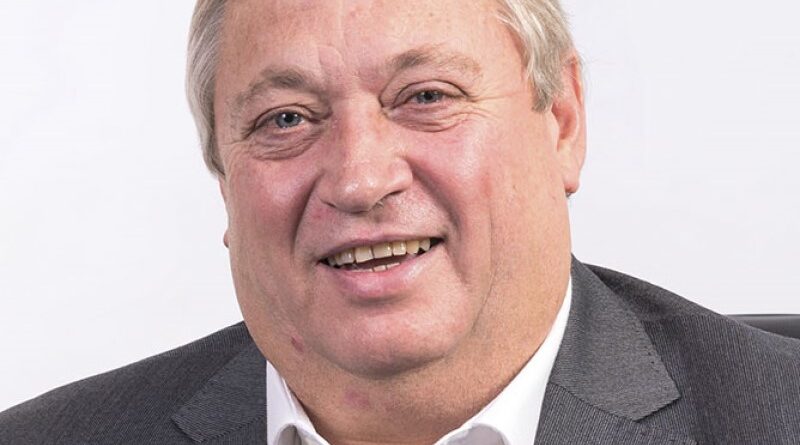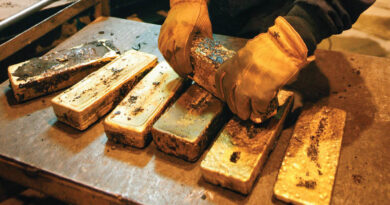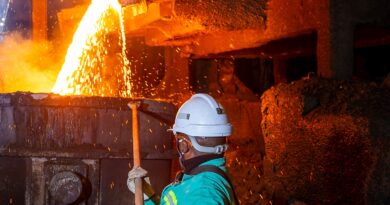Sibanye-Stillwater: from gold to lithium
Sibanye-Stillwater, the mining group spearheaded by CEO Neal Froneman, declared a strategic intent to build a PGM business in 2014, collecting assets at a low-point in the commodity cycle and creating a solid mining and recycling business between 2016 and 2019.
Froneman has a strong reputation for executing high-flying deals, with a recently announced push into lithium being yet another example.
An incredible statistic is that the total investment of R44bn over that period was covered by 2020’s adjusted EBITDA. That is a perfect summary of why mining can either kill you financially or make you very wealthy. The average payback period on the investments in Aquarius, Rustenburg, Stillwater and Lonmin has been just over 2 years.
Sibanye notes that its US investments should take those operations to the bottom of the cost curve by 2025. That’s a key part of the investment thesis.
The company announced a strategic intent to enter green metals (like lithium, nickel and cobalt – all used in battery technology) more than two years ago. An acquisition of SFA Oxford in 2020 helped the group determine the most likely battery chemistry, which led to three battery metals acquisitions in 2021. There are substantial deficits forecast for lithium, nickel and cobalt, especially towards the end of the decade.
Although the company is quite correctly positioning itself for a battery future, the presentation also reminded investors that internal combustion engine (ICE) vehicles aren’t about to disappear. This is critical for the PGM investment case, as catalytic converters in modern vehicles are the major use of PGMs.
The group makes the point that global light vehicle production forecasts have a larger impact on PGMs than forecasts of global battery electric vehicle sales. This makes sense, given the relatively low penetration of electric vehicles in the market. Interestingly, Sibanye’s forecasts for electric vehicle market penetration are significantly lower than those of Morgan Stanley.
Sibanye expects primary platinum supply by South Africa to decline over the next decade, which isn’t great news for the South African economy. The percentage of platinum supplied through recycling processes is expected to increase from 19% to 22%.
South Africa’s palladium supply is also expected to fall off towards the end of the decade, replaced by supply growth in Russia and North America. The recycling share is expected to increase from 30% to 40%.
The expected drop-off of our contribution in rhodium is even sharper than platinum and palladium, with the recycled supply anticipated to grow from 32% to 42%.
Another really interesting point is that Sibanye does not forecast any investment demand for platinum over the remainder of the decade. The company is also conservative on jewellery demand, with industrial and auto demand as the primary drivers.




